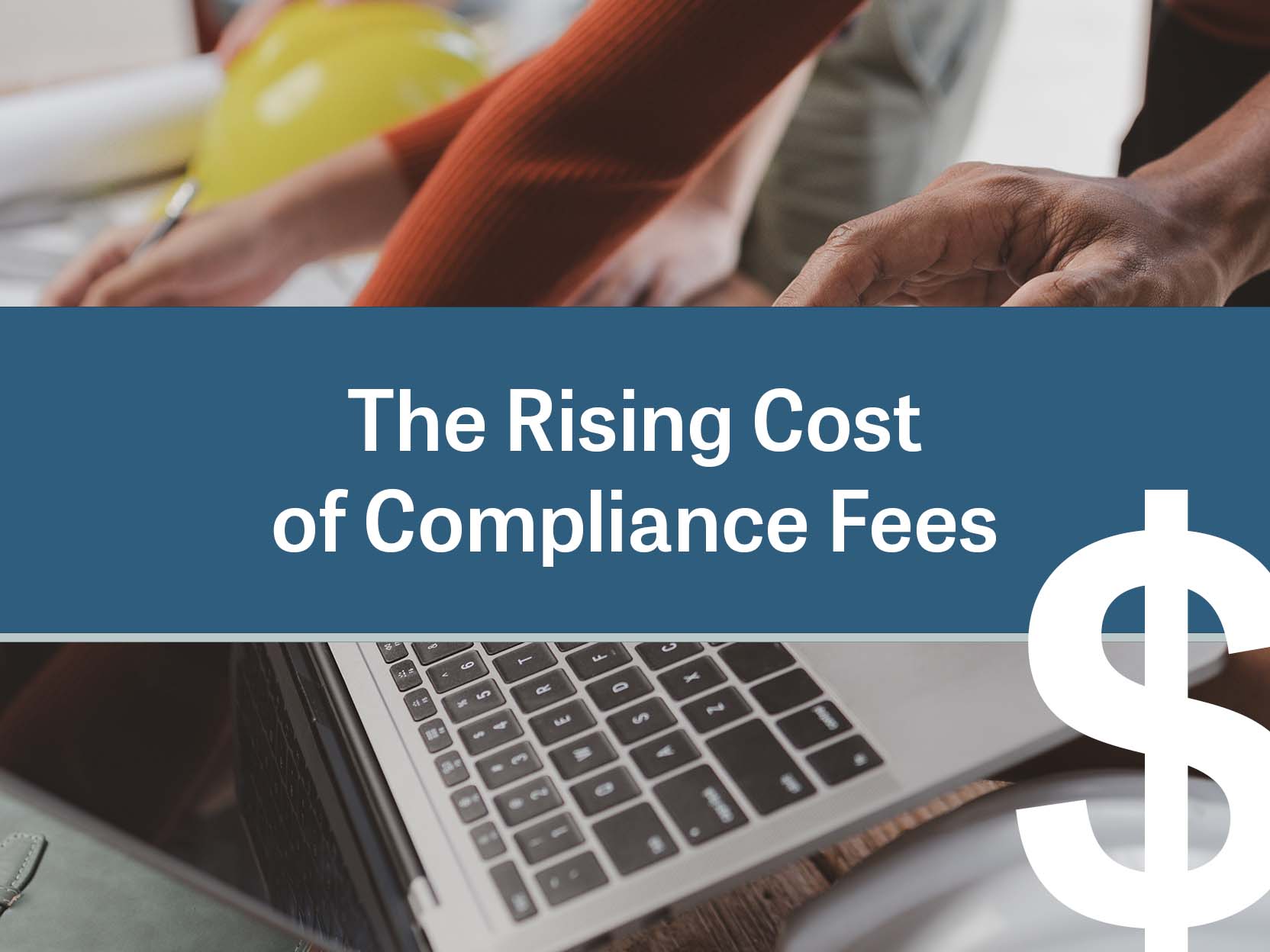
In the realm of fire protection, ensuring compliance with local regulations is paramount. However, the rising cost of compliance fees across various jurisdictions can sometimes catch property owners off guard. In this blog, we’ll delve into what these fees entail and how you can navigate them effectively.
Understanding Compliance Fees
Each inspection report uploaded into the compliance engine for a specific jurisdiction incurs a filing fee. While these fees may seem insignificant at first glance, they can quickly accumulate, especially for properties with multiple buildings and fire life safety systems undergoing inspection.
During an inspection, contractors must submit reports for each system type, including fire alarms, sprinklers, pumps, standpipes, hydrants, kitchen hoods, and stairwell pressurization. If a property comprises multiple buildings, inspectors are tasked with uploading a report for each building, encompassing all inspected systems.
The Impact on Costs
For the average building, the cost of uploading an annual inspection report remains relatively stable. However, for properties with multiple buildings and systems, the cumulative effect of multiple report submissions can lead to a significant increase in expenses.
These requirements are typically dictated by the local AHJ (Authority Having Jurisdiction) and may also be influenced by city or county ordinances. For instance, Fairfax County in Virginia has recently implemented this approach, resulting in notably high fees for report submissions.
Navigating the Terrain
To mitigate compliance fees, it’s crucial not to overlook them when budgeting for inspections. Consult your local jurisdiction to inquire about specific requirements and associated fees for each report submitted. Alternatively, enlist the expertise of a fire inspection expert like Summit Fire & Security to guide you through this complex landscape.
Contact us today to learn more about how we can help you safeguard your property while minimizing costs and maximizing compliance.

